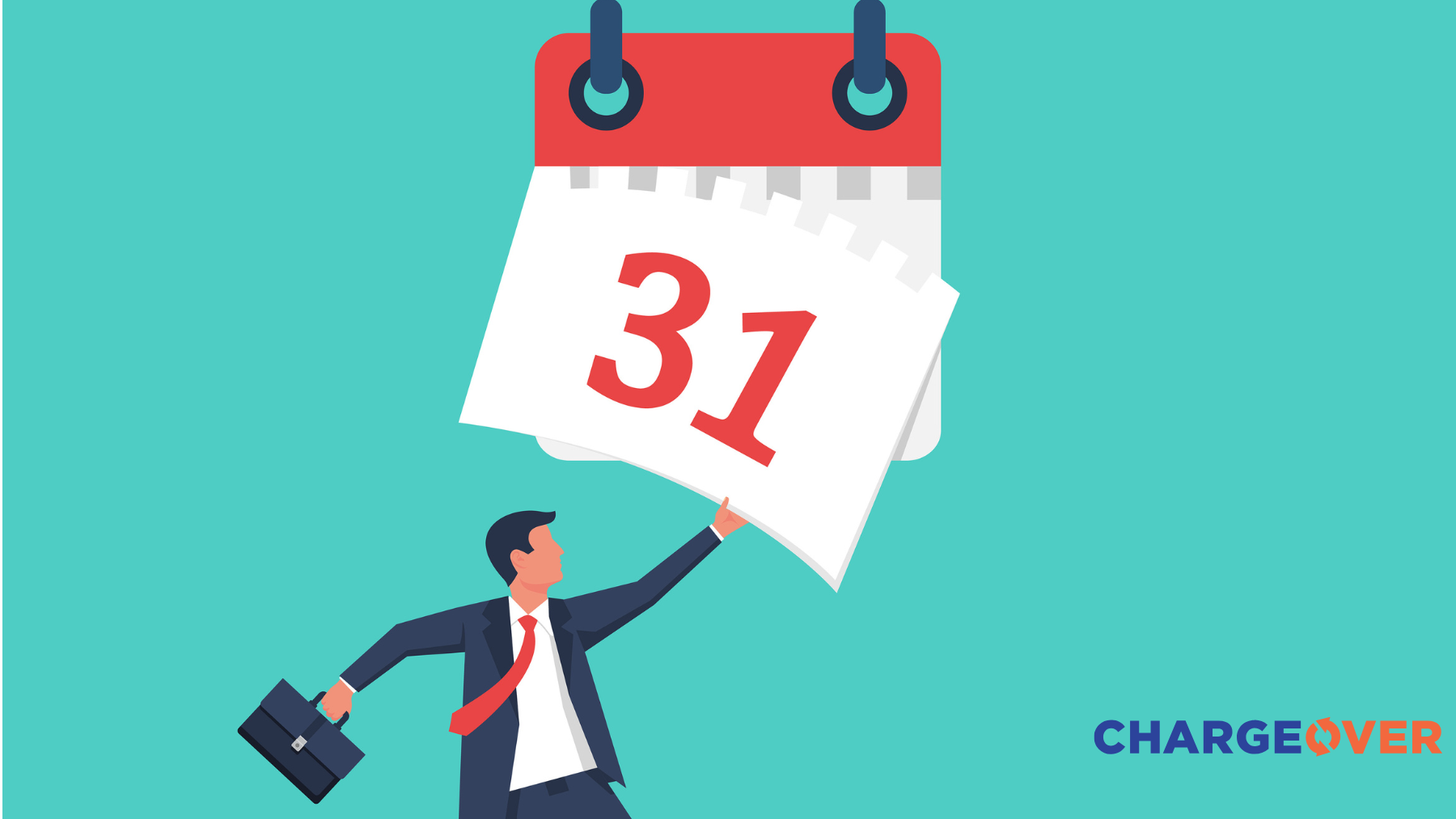Inefficiencies in billing processes can lead to delayed payments, customer dissatisfaction, and a negative impact on your bottom line. However, with the help of technology and innovative approaches, there are now creative ways to simplify your billing tasks and enhance your financial performance. Let’s explore some expert insights from industry leaders on how to achieve this goal.
1. Leverage Automation for Invoice Generation
Without making you chase the carrot for the solution, automation is the key to reducing manual errors and speeding up the billing process. It allows businesses to generate invoices quickly and accurately, saving both time and resources.
Automating the invoice generation process can significantly reduce human errors and increase efficiency. By integrating billing software into your system, you can automatically generate invoices based on predefined rules and templates. This not only saves time but also ensures that invoices are consistent and error-free.
2. Implement a Unified Billing System
One of the most effective ways to streamline billing tasks is to consolidate all billing processes into a single, unified system. This simplifies management, reduces complexity, and improves overall efficiency.
Having multiple billing systems for different aspects of your business can lead to confusion and inefficiencies. Implementing a unified billing system that integrates various billing tasks, such as subscription billing, one-time payments, and recurring invoices, can simplify operations and make it easier to track and manage your revenue streams.
3. Offer Flexible Payment Options
Giving customers multiple payment options can significantly improve your cash flow. Offering credit card, ACH, and other payment methods can help reduce late payments and increase customer satisfaction.
Flexible payment options not only benefit your customers but also help you get paid faster. By accommodating different payment preferences, you make it easier for customers to settle their invoices promptly, leading to improved cash flow and a healthier bottom line.
4. Set Up Automated Reminders
Sending out manual payment reminders can be time-consuming and inconsistent. With automated reminders, you can set up a schedule to send notifications to customers before their invoices are due, reducing the likelihood of late payments and improving your revenue collection process.
5. Integrate AI-Powered Data Analytics
AI-powered analytics tools can analyze vast amounts of billing data to identify trends, customer behaviors, and potential issues. This information can help you refine your billing strategies and boost your bottom line.
6. Personalize Invoices
Personalization is a powerful tool in billing. **Generic invoices can feel impersonal and less urgent to customers. By personalizing your invoices, you show that you value your customers and their business. This personal touch can lead to quicker payments and improved customer relationships.
7. Implement Subscription Billing Models
Subscription-based billing models, where customers pay a recurring fee for access to your products or services, can provide a reliable source of income. This approach not only ensures a predictable revenue stream but also fosters customer loyalty, leading to long-term financial benefits.
Find out more about setting up subscription billing with ChargeOver
8. Regularly Audit Your Billing Process
Billing processes should not be static. Conducting periodic audits of your billing procedures can help identify bottlenecks, errors, or areas where improvements can be made. Continual optimization ensures that your billing system remains efficient and effective.
9. Invest in Employee Training
Your employees are the backbone of your billing operations. Investing in their training and development ensures they are equipped with the skills and knowledge needed to streamline billing tasks and boost your bottom line.
Well-trained employees are more efficient and less likely to make errors in billing processes. Providing ongoing training and education opportunities for your billing team can lead to improved accuracy and productivity, ultimately benefiting your bottom line.
10. Monitor Key Performance Indicators (KPIs)
To improve your billing process, you must measure its performance. Tracking key metrics such as Days Sales Outstanding (DSO), invoice accuracy, and collection rates can help you identify areas that need attention.
Monitoring KPIs related to your billing process allows you to spot trends and issues early. This data-driven approach enables you to take proactive measures to optimize billing tasks and improve your financial performance.
Billing tasks are a critical part of your business, and streamlining them can have a significant impact on your bottom line. By embracing automation, unifying your billing system, offering flexible payment options, and implementing innovative strategies, you can enhance efficiency, reduce errors, and boost your financial success. As industry experts suggest, continuous improvement and a customer-centric approach are key to achieving these goals. So, don't hesitate to explore these innovative ways to streamline your billing tasks and watch your bottom line flourish.
Transform Your Billing Experience
Your results are just the beginning. Learn how to optimize your billing and scale your success.
.png)

